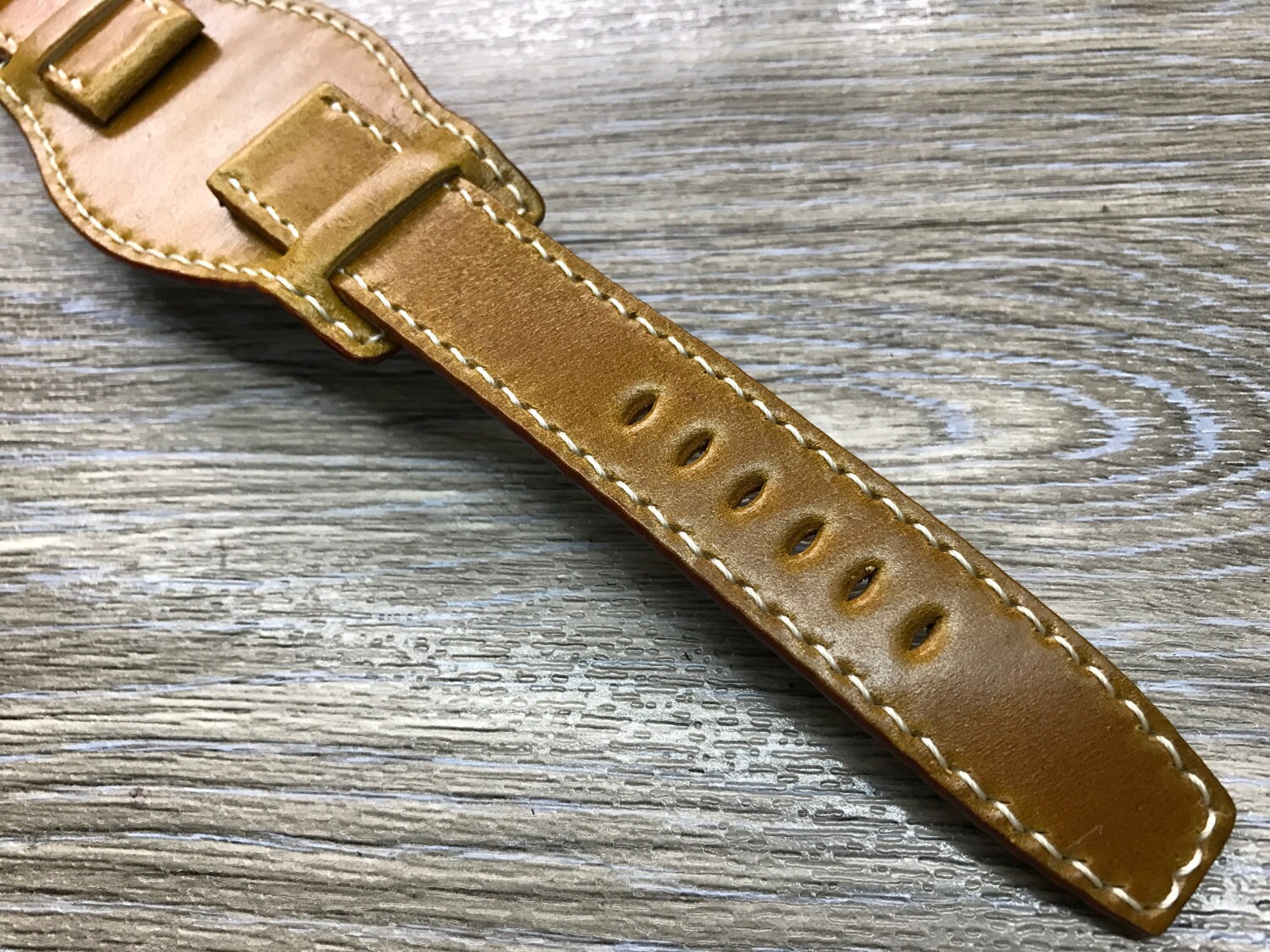

Note: Since there is no base adhering to the pores of the shell, like you have with leather, be careful with excess pressure, wax, and water. Then, lightly “dab & swirl” stiff waxes, buffing a single droplet of water across the surface, will bring out the highest reflective shine. I recommend 1-2 thin layers of wax, before starting the buffing process. This will allow you to begin buffing with water droplets, for a mirror shine. So, apply them in very thin layers using your fingertips, or a thin cloth. These stiff waxes will still need to adhere to the shell cordovan. Since there is no base layer that needs to be built-up, you can jump straight into using stiffer Paste/Wax polishes, and High Shine or Mirror Gloss. Grain leather requires filling in the pores beforehand, whereas shell cordovan does not. Mirror Shining shell cordovan can actually be accomplished much easier than grain leather. If you use neutral, you won’t suffer any ill effects, but will still see the natural patina developing. But, it will better retain its coloration across wears. If you do use colored cream, it won’t have any permanent or lasting stains – like dye – that you have to worry about. For that approach, a neutral cream offers the same protection and conditioning benefits of a colored cream, but without any additional pigmentation. Many shell cordovan consumers love the natural patina that develops from the migration of oils and UV fading that occurs over time. And, scuffs, are dealt-with through heat and friction “rubbing out”. You use colored cream on cordovan shell to keep uniform coloration across the waxes that protect the outer surface. You use colored cream on calfskin to replenish the color loss from scuff marks, or to brighten color loss from fading over time. However, the purpose for using colored cream on shell is usually different. Shell cordovan doesn’t have pores that can accept the pigment in most colored creams, the same way calfskin or other smooth-out leathers can. What about colored cream vs neutral cream? What are the plusses and minuses? Too little product and you just need to catch up with the next conditioning session. Too much product becomes sticky and attracts dust and dirt.

Err on the side of too-little, rather than too-much. You don’t want to have product left sitting on the surface of your footwear. How much conditioner should I use? How much is too much? Is too little a thing? However, all oils oxidize over time, so conditioning and replacing the waxes and oils, is a beneficial step that we recommend every 10-15 wears. Truly, the two best things you can do for your shell footwear, is to brush it regularly, and store it with shoe trees between wears.

How often should I engage in shell cordovan care? What’s the best approach?ĭue to shell cordovan being 8-10x denser than calfskin leather, it retains the waxes and oils much longer. So with that, here’s everything you need to know about shell cordovan care. Shell cordovan, that most magical of leathers derived from a horse’s hindquarters, is also one that stands to benefit most from regular care.Ĭan you just let your shell breathe, take a beating, and patina away? Absolutely! And it can look great! Please send me pictures! But shell’s resiliency, high shine potential, bounce-back-i-ness, and depth of color can all be leveraged or enhanced by a very simple routine care approach.


 0 kommentar(er)
0 kommentar(er)
